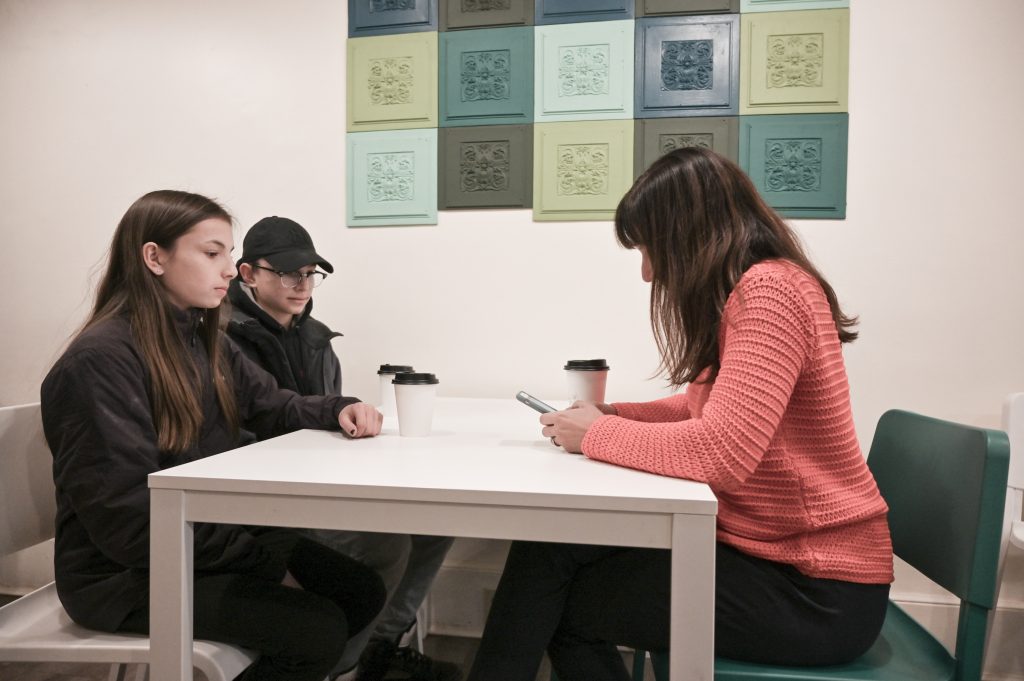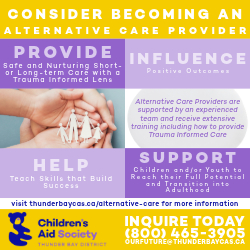Bill and Steve Had Limits, and So Should You
By Darren McChristie

I fell for it. I mean, how could I not? Apple’s marketing is so enticing and their latest iPhone has three lenses—two more than the one I bought last year, and I need those extra lenses. But, the purchase of my sleek new iPhone 11 (Pro—because I am one) couldn’t have come at a worse time.
According to industry analysts, distracted driving peaks during the holiday season. Makes sense to me. The busier we are, the more we rely on our phones to help us stay organized. It’s safe to assume as we head into the busiest time of the year, our phone use will also see a spike.
I will never stop marvelling at the capabilities of a smartphone. So much technology packed into a handheld device. So futuristic, in fact, that sci-fi movies never even imagined them (what about the flying car?). Phones are multifaceted communication devices, and mine has surpassed the importance of my wallet—with the added bonus of having a limitless library of music. I never leave home without it.
According to the latest figures from Statistics Canada, in 2017 there were 31.7 million mobile subscribers in Canada. On average, we spent 3.9 hours per day on our devices, mostly browsing the web. In the same year, the average user consumed a paltry average of two gigabytes a month (enough to binge on four hours of The Walking Dead). This year marks the first year in the United States that mobile use exceeded TV viewing, along with the new era of limitless data plans (Tbaytel, are you listening?).
The headlines from mainstream media are sending us a clear message about our obsession with our phones. There is mounting research that associates excessive use of digital media with negative effects on our physical, psychological, and social well-being. We know it’s bad, but we can’t help it. And, as it turns out, it’s intentional.
The addictive nature of smartphones is without question by design. In 2017, Facebook’s founding president Sean Parker publicly revealed that the intention of the “like” button was to provide the users with “a little dopamine hit” and fulfill the objective: “How do we consume as much of your time and conscious attention as possible?” Since then, much has been written about the tech industry’s use of psychology to hook its users. When I read that Bill Gates and Steve Jobs both raised their kids with limits on tech, I didn’t need any more convincing.
Hours spent on a phone come at the expense of other activities. Our smartphone addiction has led to reduced productivity at work (up to an hour a day!), higher obesity rates, an epidemic of anxious children, and, perhaps least talked about, less face-to-face interaction. Look around your favourite coffee shop or restaurant and take a close look at how many people are using their phones in the company of others. Who hasn’t experienced the empty feeling of being “phubbed”—being snubbed by someone in a social setting when they choose to look at their phone instead of paying attention to you. We have become horrible dates.
Inevitably, people will start using some common sense and society will establish some social norms and etiquette for the use of technology in public places. Until then, we must endure the painful phub, either personally, or as a witness to the widespread phubbing going on around us (you don’t need three lenses to see it).
With the holiday season just around the corner, I am going to set some boundaries for the use of my shiny new iPhone 11. I’m not going to take it to restaurants or to family gatherings, I’ll leave the room if I need to take a phone call in public, and I’m going to set a screen time limit of two hours (sounds like a lot but it’s less than half the national average). And, heck, what’s good for the goose is good for the gander. Sorry, kids.














